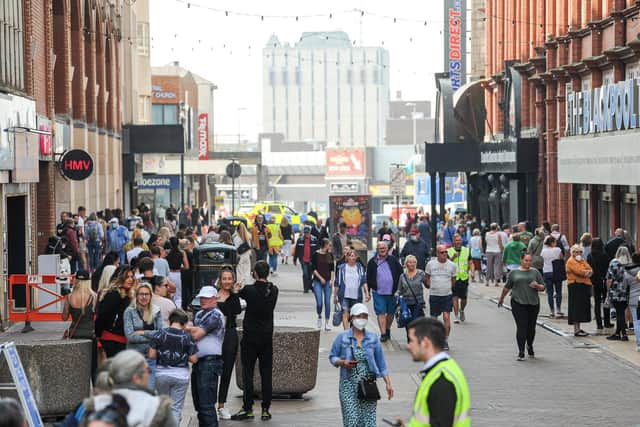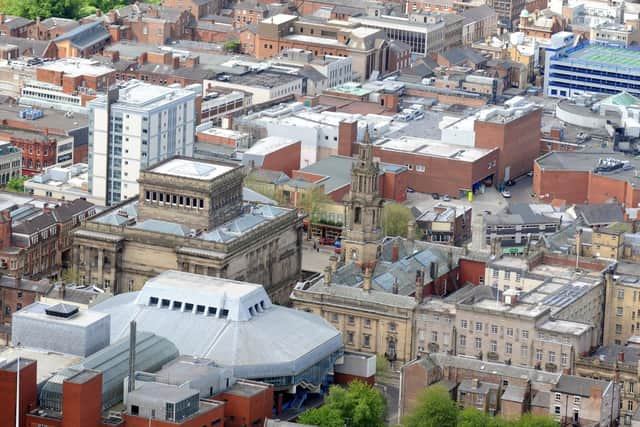Blackpool and Preston beat big cities for attracting visitors after lockdown, figures show
and live on Freeview channel 276
The figures, which cover the first full week in December – just after the second national lockdown ended – show that both Preston and Blackpool performed better than Manchester in terms of wooing back visitors.
In Preston overall footfall was at 54 per cent of pre-pandemic levels and spending at 58 per cent of previous levels during the week.
Advertisement
Hide AdAdvertisement
Hide AdIn Blackpool footfall was at 53 per cent although spending was at just 27 per cent of previous levels.


However, both locations performed better than Manchester, where footfall had dropped to 30 per cent and spending to 20 per cent of previous levels.
The figures from the Centre for Cities analyse the UK’s largest regional centres, including nine in the North West.
They show that the smaller regional centres – which also include Blackburn, Burnley, Birkenhead, Wigan and Warrington – all outperformed Manchester and Liverpool.
Advertisement
Hide AdAdvertisement
Hide AdAllan Cadman, North West chairman of R3 and a partner at Poppleton and Appleby, said: “The figures emphasise the pattern which was set during the first lockdown and continued during the summer.


"Workers and visitors appear to be remaining at home and supporting their local centres in the commuter belt.
“There is a perception that bigger cities are more prone to the virus, and a reluctance to use public transport. And for the Tier 3 locations, there is the added challenge that, with bars and restaurants closed, there is limited reason to visit.
“However, it seems that the lost trade from the cities may be benefiting the smaller centres, some of which have struggled in the past. It could offer fresh opportunities for these locations to reinvent themselves and rebuild their economies.”
Advertisement
Hide AdAdvertisement
Hide AdAllan Cadman predicted that the Christmas rush may be more subdued this year: “Online retail has also severely affected the high street. The retail landscape will look different as we enter 2021. Flexibility from all stakeholders will be key to any recovery.
“Long term, working from home, at least partially, is expected to become the new norm, hence there will be less need for office space and downward pressure on rents. In the meantime a considerable period of depressed trading is inevitable.”